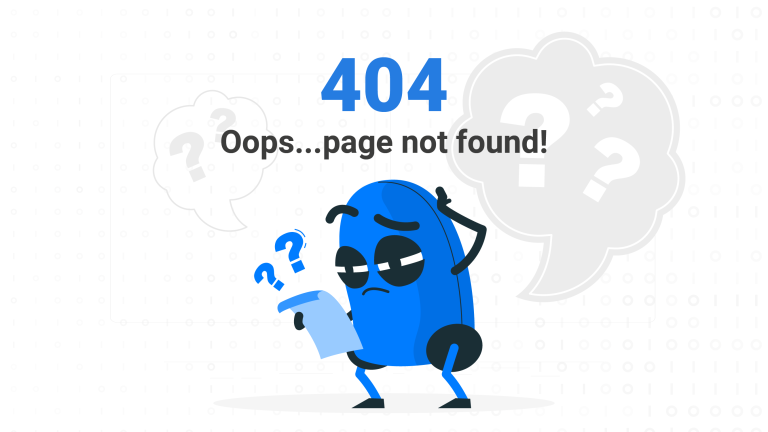Most of the time when dealing with website analytics one of the main metrics to monitor are bounce rates. An unhealthy bounce rate can be the bane of any marketer, designer or even developer.
What are bounce rates?
Bounce rate refers to the percentage of users who had entered and left a website without making any meaningful interaction. Bounce rate is calculated by the total number of one-page visits divided by the total number of entries to a website. In Google Analytics, a bounce is calculated specifically as a session that triggers only a single request to the Analytics server.
For example, when a user opens a single page on a site and then exits without triggering any other requests to the Google Analytics server during that session, it would be considered a bounce.
Finding out your bounce rate.
Before being able to view the current standing of a page’s bounce rate, a web analytics tool should be installed on the site. Google Analytics is a free web analytics service offered by Google that tracks and reports website traffic and allows users to analyse in-depth details about the visitors on a website.
For users who already have Google Analytics set up on a website, simply click on Acquisition → Overview and under the Behaviour tab to see the Bounce Rate. Acquisition further breaks down bounce rate based on the traffic sources.
What is a good range for Bounce Rates?
Most websites will experience bounce rates between 26% and 70%. As a rule of thumb, bounce rates that fall in between the range of 26-40 per cent is excellent, 41 to 55 percent is roughly average, and 56 to 70 percent is higher than average.
A bounce rate below 20% is usually a bad sign. If your bounce rate seems too good to be true, it probably is. The analytics implementation is almost certainly broken. Under 20% is highly unlikely and it could be due to the website being built in a way that forces most users to take at least one action before leaving. It could also be due the existence of a duplicate analytics code, incorrectly implemented event tracking, or third party add-ons such as live chats that trigger an event.
Are high bounce rates bad?
Well, it depends. If the success of a site depends on users viewing more than one page, then, yes, a high bounce rate is bad. For example, if a home page is the gateway to the rest of the site (e.g., news articles, product pages, your checkout process) and a high percentage of users are viewing only the home page, then a high bounce rate is problematic.
On the other hand, for a single-page site like a blog, landing page, or other types of content where single-page sessions are expected, then a high bounce rate is perfectly normal.
What are the main reasons for a high bounce rate?
Slow page load time – If a page takes too long to load, it is highly likely that users will become impatient and leave the page before viewing any key content.
Poor Ad/Keyword Relevance – If targeting highly irrelevant keywords or an ad’s creatives and copy do not properly communicate the brand message, it can create a disconnect between what users see on the ad and on the page.
Poor Page Design – Users may find it hard to navigate through a page and fail to notice actionable CTAs hence leaving them frustrated and making them leave without taking any meaningful actions.
Broken Links / Error 404 – Obviously if the page itself doesn’t work, 100% of the users who land there would most likely immediately leave the page.
Intrusive Advertising/Offers – If a page immediately bombards the users with external links, ads or pop-ups, this inadvertently creates a negative user experience leading them to bounce from the page.
Pages Unresponsive for Mobile – Year-on-year we see rapid growth in the number of mobile users and the amount of time people spend on their smartphones. If the page is not mobile responsive then all mobile traffic will likely bounce.
Conclusion
Bounce rate is an important metric used to analyse marketing efforts. It can be used to measure the user journey and measure their engagement from entrance to exit. Bounce rates help marketers prioritise pages that need more attention. Meeting visitors’ expectations and making web pages more inviting all leads to a better website. And we all know that awesome websites rank better!
Curious how you can improve your website? Speak to one of our UI/UX experts today and contact us at hello@admiral.digital.







